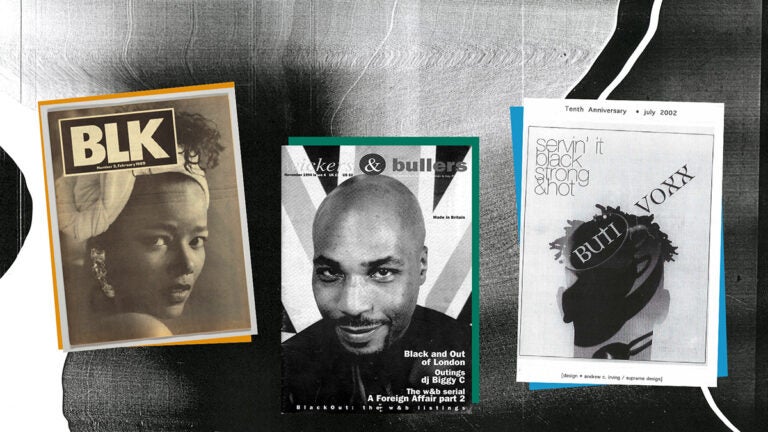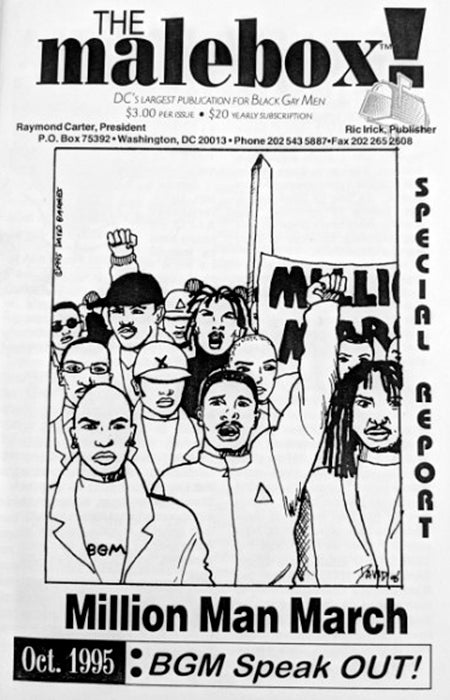
How gay Black men found connection and erotic expression through magazines
Before the rise of social media, postal services around the world served as one of the most important networking connectors for the Black queer community. In the 1980s and ’90s, independent magazines like BLK, Wickers & Bullers, Buti Vox and Malebox were mailed globally, facilitating activism, information sharing and romantic encounters between Black gay men, free of racial prejudice.
These publications were especially important for disseminating information on the emerging HIV/AIDS crisis, which often lacked compassionate or factual media coverage. They also provided a celebratory space specifically for queer Black men to discuss love, joy, play and pleasure.
“I have fond memories in the early 1990s of my queer siblings like Gregory Victorianne, Ric Irick, Essex Hemphill, Colin Robinson and Burt Hunter sending packages of books, magazines and flyers to us here in London. They felt like care pages,” says Ajamu X, an artist, archive curator and radical sex activist who produced the magazine Wickers & Buller. “You could not get them here, and the few places that did stock gay material did not stock Black queer material from the U.S. or the U.K.”

Publications like The Malebox were mailed around the world, helping to form transnational networks of queer Black people. (Image: Courtesy of The Malebox.)
“Black Gay Mail,” an event presented on Feb. 4 by the USC Dornsife College of Letters, Arts and Sciences Department of American Studies and Ethnicity and the department’s Africana Research Cluster, brings editors of seminal magazines together to discuss their publications. Attendees will learn about their creation process, their aesthetic choices and how these publications allowed queer Black networks to form nationally and transnationally.
Panelists for the event include Ajamu X, Alan Bell, founder of BLK and Gaysweek, Ric Irick, co-founder of Malebox,and Gregory Victorianne, founder of Buti Voxx.
“These publications can teach us much about the era, including their subversive use of technology like the fax and early photoshop software, Black queer aesthetics and erotic expression at the turn of the century,” says event organizer Adrienne Adams, a Ph.D. student in the Department of American Studies and Ethnicity.
Although much of the modern-day gay community has shifted online, the printed page still holds power, says Ajamu X. “I feel the analogue and digital will always exist side-by-side regarding community-organizing and building.”
This event is cosponsored by the Race, Gender and Sexuality Research Cluster in the Department of American Studies and Ethnicity, the Department of Gender and Sexuality Studies and the Levan Institute for the Humanities at USC Dornsife; ONE Archives at the USC Libraries; USC Roski School of Art and Design; and the Publicly Active Graduate Education Fellows Program of Imagining America.
Visit the USC Dornsife Event Calendar to register for this event >>